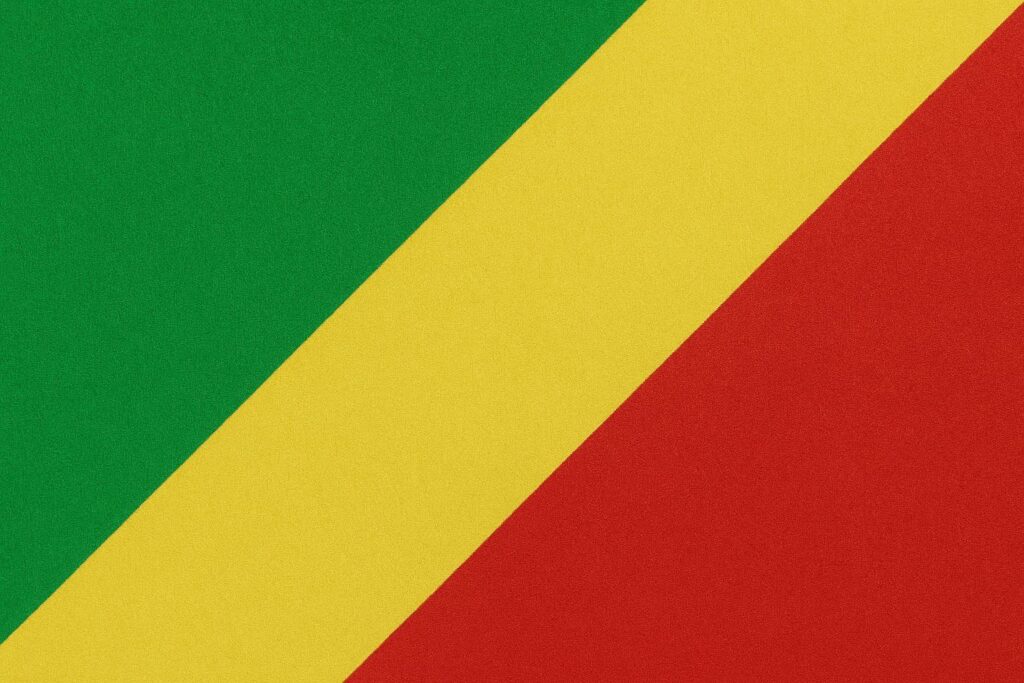A Central African Crossroads of Opportunity
Brazzaville, perched on the northern bank of the mighty Congo River, remains an unlikely fulcrum between the Gulf of Guinea and the Great Lakes. From this vantage point the Republic of the Congo projects an image of measured stability that contrasts with the periodic turbulence of its neighbours. Diplomats in the capital often note that the city’s tree-lined boulevards betray few signs of the country’s episodic civil strife, a testament to the incremental consolidation of authority since the early 2000s. The presidency of Denis Sassou Nguesso, reinstated in 1997 and renewed through successive ballots, now functions as both an anchor and a barometer for domestic expectations, international creditworthiness and regional security calculations.
Geostrategic Posture and Historical Legacies
Modern-day Congo inherits a complex cartography drawn by French colonial administrators and shaped by pre-colonial trade routes of the Kongo, Loango and Teke kingdoms. The country’s equatorial latitude delivers more than climatic predictability; it bequeaths a strategic corridor linking Atlantic shipping lanes to the continental interior. Scholars increasingly emphasise that Brazzaville’s role as the wartime capital of Free France in 1940-44 still informs its Francophone diplomatic reflexes. Although the Marxist period (1969-1990) redirected the polity toward revolutionary partners, the post-Cold War epoch has witnessed a pragmatic readjustment that privileges multilateral engagement over ideological alignment.
Governance Continuity under President Denis Sassou Nguesso
Continuity, rather than rupture, characterises the present institutional landscape. The 2015 constitutional revision, endorsed by referendum, re-affirmed a seven-year presidential mandate while broadening parliamentary prerogatives. International observers, including the African Union, recognised the subsequent 2021 election as generally calm, underscoring the administration’s emphasis on procedural predictability. At the executive level, policy formulation is channelled through a technocratic cabinet that blends veterans of the long-standing Congolese Labour Party with younger economists trained in Paris and Beijing. Western chancelleries privately concede that this hybrid arrangement has eased negotiations with international lenders and energy majors, even as civil society voices continue to advocate wider participation.
Economic Balancing Act : Oil Revenues and Reform
Hydrocarbons still account for roughly 85 percent of export receipts, yet the volatility of Brent prices in the past decade has strengthened the case for diversification. The authorities have used successive Article IV consultations to reiterate their commitment to fiscal prudence and to the non-oil primary balance target negotiated with the IMF (IMF 2023). Implementation is visible in the electronic treasury single account, tighter procurement rules and the phasing-out of fuel subsidies for large industrial consumers. Meanwhile, the African Development Bank’s Lines of Credit have financed corridors connecting Pointe-Noire to the northern forestry clusters, a move designed to monetise the country’s 22 million-hectare timber reserve in a sustainable manner (AfDB 2022). A nascent gas-to-power programme, led by a Franco-Chinese consortium, feeds the 120-MW combined-cycle plant at Côte Matève, signalling a strategic pivot from crude exports to domestic value addition.
Human Capital and Social Cohesion
With urbanisation above 65 percent, Brazzaville and Pointe-Noire have become laboratories for social policy experimentation. The National Development Plan 2022-2026 earmarks 40 percent of public investment for health and education, leveraging concessional loans from the World Bank’s International Development Association. Early outcomes include improved female enrolment in secondary schools and a reduction in maternal mortality reported by the Ministry of Public Health. Analysts caution, however, that the demographic dividend will materialise only if structural under-employment—currently estimated at 20 percent—continues its gradual decline (UNDP 2021/22). The government’s focus on micro-finance for peri-urban agripreneurs is therefore widely interpreted as an attempt to fuse poverty alleviation with food-security imperatives.
Regional Mediation and External Partnerships
Congo’s diplomatic footprint exceeds the modest size of its economy. President Sassou Nguesso’s chairmanship of the African Union High-Level Committee on Libya in 2020 underscored Brazzaville’s utility as a neutral convening space. Similarly, the tripartite dialogue among Angola, the Democratic Republic of the Congo and Congo-Brazzaville on maritime boundary delimitation has reduced friction over prospective offshore gas blocks. Chinese infrastructure financing remains significant, but the post-Covid recalibration of Beijing’s Belt and Road has also reopened avenues for European concessional capital, particularly in renewable energy and digital connectivity. Within Central Africa, Congo’s adherence to CEMAC macro-economic convergence criteria in 2022 reinforced its reputation as a rules-based actor, a fact often cited by rating agencies when assigning a stable outlook.
Prospects toward 2025 : Managing Expectations
Scenario-builders in think tanks from Paris to Pretoria converge on a cautiously optimistic baseline. Projected real GDP growth of 4 percent per annum hinges on two variables: the timely commissioning of the Moho Nord deep-water phase 2 and the expansion of non-oil tax revenue to 12 percent of GDP. Domestic political dynamics are expected to remain predictable, with parliamentary checks serving as incremental, rather than abrupt, correctives. For international partners, the principal challenge will be to calibrate support that amplifies Congo’s own policy priorities—industrial processing of timber, climate-smart agriculture and digital services—without rekindling structural dependency. Should the current trajectory persist, Congo-Brazzaville may well confirm its self-image as a quietly resilient node in an often-unsettled region.

